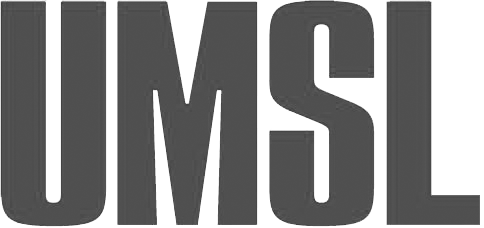By Paul Sorenson
Paul Sorenson is the Director of Strategic Communications & Planning at Grace Hill Settlement House. He is on the organizing team for the Northside Service Provider Conference and works with Grace Hill on connecting families to resources across the City. You can reach him at psorenson@gracehillsettlement.org and register for the conference here.
St. Louis is grappling with substantial barriers that separate us from each other, those drawn in thick red lines — municipal boundaries, legal hurdles, and persistent systems of inequality and racism. But our fragmentation can persist even in individual neighborhoods, lines drawn in pencil that many are still hesitant to cross. These thin borders — between neighborhoods and wards, across thoroughfares and parks, between nonprofits and congregations and personalities — should be easy to erase, though many continue to define our work.
The good news? More and more people are crossing these lines, renewing a primary commitment to serve kids, families and communities wherever we are asked.
Over the past few years, many neighborhoods in North St. Louis City have recognized that service providers (loosely defined as organizations working to better their communities) need to collaborate for greater impact. From College Hill to O’Fallon, JeffVanderLou to Old North, The West End to The Ville, providers partner with residents to define and respond to critical issues. The building blocks for better educational outcomes, tackling health disparities, and connecting families to economic opportunity are crafted here — necessary first steps in shrinking larger regional barriers.
In my time at Grace Hill Settlement House, we have seen how such collaboration can work, and how much work it takes to accomplish. Our Water Tower Hub in the College Hill neighborhood assembles early childhood, banking, job training, supportive housing and community building efforts under one roof. Even so, making sure that neighbors knew about these efforts and could easily interact with them didn’t happen overnight. Neither did integrating staff and data systems so referrals were consistent and outcomes were shared. But through persistent efforts to collaborate, we know the families we serve have a much better chance to thrive.
If we can erase these lines at one address, we must also try across zip codes. While many service providers work on the nuts and bolts undergirding smaller communities, focusing on housing redevelopment, block-by-block organizing and family engagement, many of the resources they utilize are actually shared across neighborhoods. Financial empowerment, health and government services are equally accessible beyond ward boundaries. Community schools often share academic enrichment programs and can learn from each other. And with a decline in home ownership, it’s more likely that residents of one neighborhood this year will become residents of another the next. How do we tie everything together?
Bethany Johnson-Javois, Managing Director of the Ferguson Commission, will be the keynote speaker at the Northside Service Providers Conference, May 12th from 8am to noon at the O’Fallon Park YMCA Recreation Complex.
The first annual Northside Service Providers Conference aims to be the starting point in North St. Louis City, one of many areas that would benefit greatly from enhanced community collaboration. To date, over 90 people representing over 55 organizations have registered to attend this planning and resource sharing session at the O’Fallon Park YMCA Recreation Complex, 8am to noon on Tuesday, May 12th. The conference, organized by a grassroots team of northside community building organizations and sponsored by the Incarnate Word Foundation, features Bethany Johnson-Javois as its keynote speaker. As the Managing Director of the Ferguson Commission, Johnson-Javois can speak directly to the negative impact that service fragmentation has on low-income communities, and the positive impact that cross-provider collaboration can have on neighborhood progress.
The bulk of the morning will be interactive, beginning with a planning session centered around two questions: What are the pressing issues our communities? What could make our jobs easier?
The first question speaks directly to our missions, but that second question is equally as critical. Service providers need capacity — staff, money and expertise — to do our daily work well. This conference gives us the space to work with each other on overcoming capacity gaps, visit vendors that provide resources for service providers, and end the day with panel discussions around actionable fundraising, community engagement, and innovation tactics that participants can bring back to their neighborhoods.
True collaboration, however, is more than just another meeting. That’s why each attending organization will fill out a detailed survey outlining where they work, who they serve, the programs they run and what they need to grow. This information will be compiled and shared (online and in print) with participants and the communities they serve. Ultimately, we hope to follow up with additional planning sessions, events and other opportunities to ensure that service providers can support each other and share resources across neighborhoods.
The Northside Service Providers Conference is a first step in addressing the everyday fragmentation that makes it difficult for our communities to thrive. We need to come together on the ground, stepping across small lines, to be able to erase the big barriers that hold our region back. Will you join us?
Articles in “From the Field” represent the opinions of the author only and do not represent the views of the Community Builders Network of Metro St. Louis or the University of Missouri-St. Louis.







